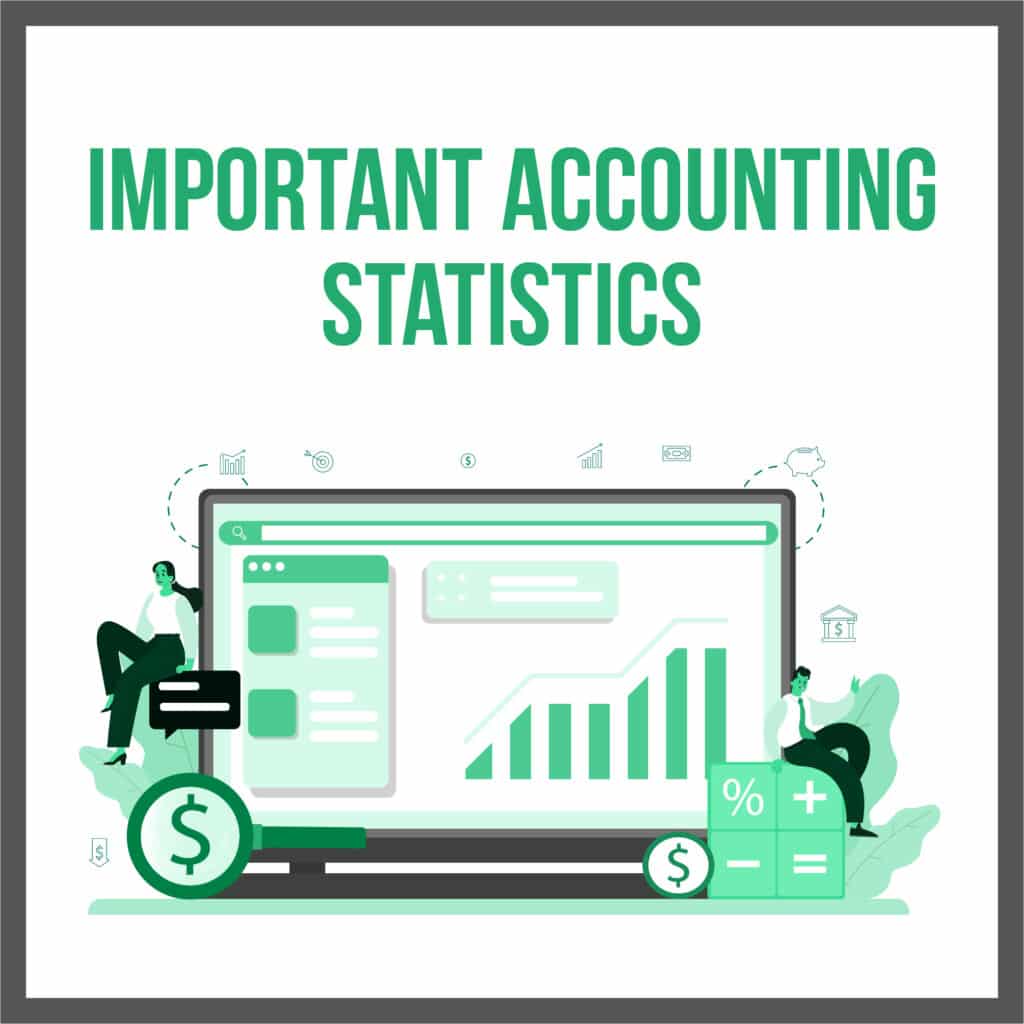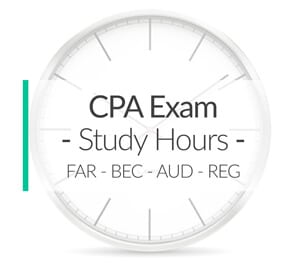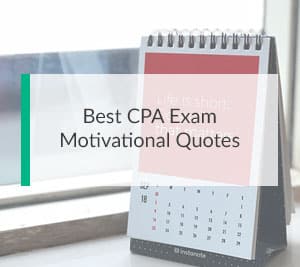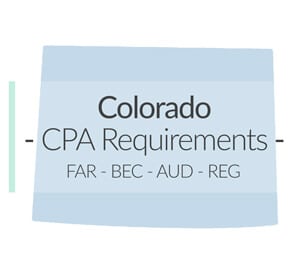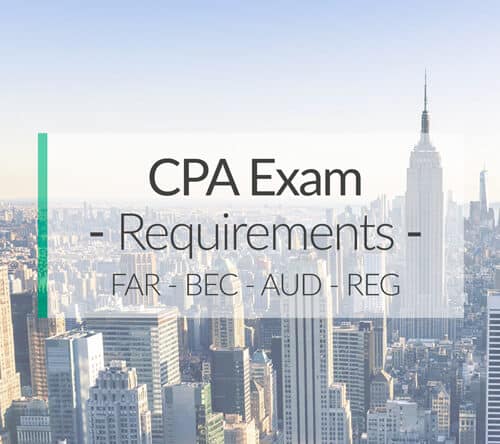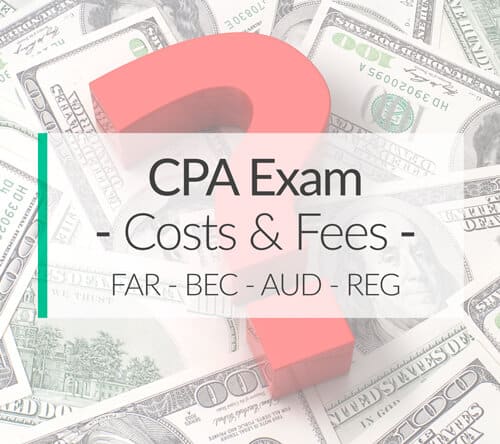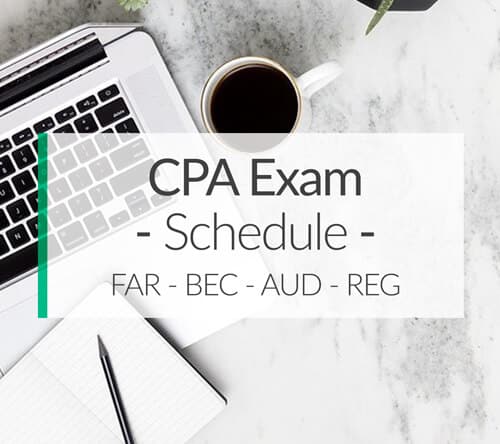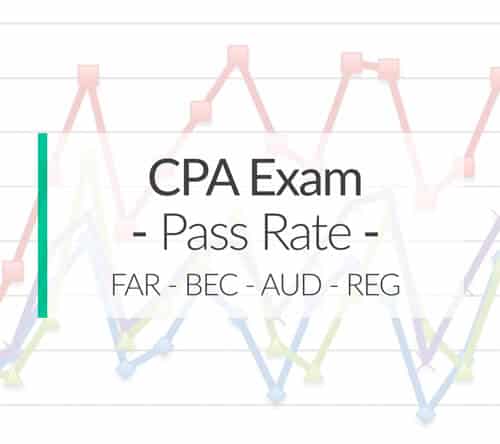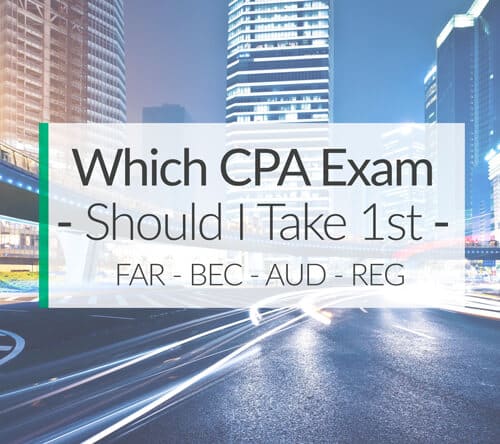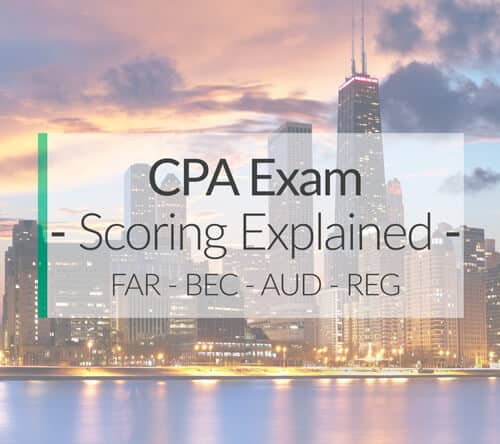
If you’re interested in creating the perfect study plan, then your first step is to consult the CPA exam Blueprint.
Confused? Here’s what you need to know:
The American Institute of CPAs (AICPA) administers the CPA exam and they outline all of its topics in the Blueprint, a lengthy document that discusses test matter in great detail. The Blueprint is changed periodically to reflect changes in laws, regulation, and the business environment.
What this means is that everything that will be tested on the 2022 CPA exam can be found in this document. Hence, any aspiring CPA exam candidates should be aware of the changes outlined in it.
If this applies to you, check out the list of notable changes below!

Auditing And Attestation (AUD) Exam Changes
These are some changes to the AUD portion of the CPA exam worth noting:
Professional Skepticism
The AUD test has added more detail on professional skepticism, which the AICPA defines in this way: “Professional skepticism reflects an iterative process that includes a questioning mind and a critical assessment of audit evidence.” You’ll notice more questions that use the terms professional skepticism or professional judgment on the 2022 test.
Many CPA candidates, particularly those who do not have a great deal of accounting work experience, might be surprised by the amount of judgment required to post accounting transactions. However, judgments are common when performing accounting work.
The AUD test covers several issues that can impede an accountant’s professional skepticism, including professional bias, threats, incentives, and the shortcuts to making solid judgments. Here are two examples to illustrate these concepts:
Example 1: Inventory Count
Julie is an audit manager with experience in performing physical inventory counts for a variety of retail stores. The CPA firm is auditing the inventory balance of the store Glitters Jewelry; auditors have posted a number of large adjusting entries to inventory after performing counts in past years.
During five prior audits of other retail stores, Julie counted inventory a week before the year’s end and has not needed to post large adjusting entries to inventory after each count. However, given Glitters Jewelry’s history of inventory count issues, the physical inventory count should take place on the balance sheet date.
Julie cannot let her professional bias regarding other clients impede her professional skepticism.
Example 2: Pressure to Complete Audit
Julie’s CPA firm is under client pressure to complete the audit and issue an audit opinion in the next 10 days. The client needs the audited financial statements to secure a new bank loan.
During the search for unrecorded liabilities, Julie finds a number of checks written after year-end for liabilities that were not posted as of the balance sheet date.
As the audit manager, Julie should investigate the unrecorded liabilities issue and determine if the company has sufficient internal controls in place. Hence, obtaining sufficient audit evidence is more important the completing the audit by a specific date.
Obtaining Audit Evidence
Another important goal for an auditor is to obtain sufficient and appropriate evidence to support an audit opinion. The AUD test has added a task requiring an auditor to, in their own words, “Investigate evidence that either contradicts or corroborates management explanations, expectations and other hypotheses throughout an audit or non-audit engagement.”
Essentially, what this means is that auditors need to act like detectives in order to determine whether or not their clients are telling the truth. Newly tested topics on audit evidence may include:
- Analyzing responses from interviews, whether informal or tightly structured, with management and others in non-financial roles.
- Asking relevant follow-up questions in order to effectively understand their motivations and perspectives in any given scenario.
- Modify planned procedures, based upon new information (environment cues, explanation inconsistencies, new evidence) to achieve the primary objectives of the audit.
If you’re still not sure what this CPA exam Blueprint change means, here are some examples that go into greater detail:
Example 1: Revenue Recognition
Bob is performing an analysis of sales by month. He notices that sales increased sharply in the last few weeks before the end of 2018. The audit work is performed in early February, 2019, and Bob notes that January 2019 sales are much lower than other months in the 4th quarter of 2018.
Based on an informal conversation with the VP of Sales, Bob suspects that the company is shipping products in late December that customers don’t need until January. This strategy is an attempt to boost 2018 sales figures and may not comply with the firm’s revenue recognition policy.
Based on this evidence, Bob should perform more test work and discuss this potential issue with management.
Example 2: Allowance for Bad Debt Expense
During work on the 2018 audit, Bob notes that total sales increased by 10% while accounts receivable climbed by 25%. The audited company has added a new product line; therefore, the increase in sales is partially due to new customers purchasing from the added product line.
On average, customers are paying at a slower rate, which increases the risk of bad debt expense. Based on this audit evidence, Bob should analyze the firm’s allowance for bad debt expense, and discuss the possible need to increase the balance.
Financial Accounting And Reporting (FAR) Test
CPA exam Blueprint changes for FAR relate to nongovernmental and not-for-profit financial reporting issues. There is an increased focus on adjusting notes to the financial statements in order to correct any omissions or errors. Consequently, students would be wise to quickly brush up on these concepts and move on to the other sections.
Regulation (REG) Test
Most of the revisions in the CPA exam Blueprint for the REG section are in response to Public Law No: 115-97, also known as the Tax Cuts and Jobs Act. Here’s a quick breakdown of some changes and areas of focus based on the new law:
- Property Taxation: Based on the new law, you will be required to compare benefits derived from different expensing options for cost recovery, which includes amortization, depreciation, and depletion.
- Individual Taxation: Address the new law’s impact on the adjustments and deduction calculations to arrive at adjusted gross income and taxable income.
- Qualifying Business Income (QBI) Deduction: Understand how Section 199A of the Internal Revenue Code provides many taxpayers a deduction for qualified business income from a qualified trade or business operated directly or through a pass-through entity. The deduction may apply sole proprietorships, partnership, S corporation, trust, estates, and REITS.
- Net Operating Losses (NOLs) and Capital Loss Limitations: Students will also need to analyze the impact on C corporations of capital losses and net operating losses as they occur.
- Base Erosion and Anti-Abuse Tax (BEAT): Recognize scenarios where the base erosion and anti-abuse tax (BEAT) would come into effect. For clarification, Code Section 59A imposes a tax equal to the “base erosion minimum amount” on certain “applicable taxpayers.” Essentially, applicable taxpayers are corporations, excluding regulated investment companies, real estate investment trusts, and S corporations that satisfy a “gross receipts test” and a “base erosion percentage test.”
- Foreign Derived Intangible Income (FDII): Identify factors that would qualify income as FDII. This section applies to any C corporations in the United States that provide goods and/or services to customers in foreign markets. Furthermore, this tax deduction reduces the effective rate on qualifying income to slightly over 13%.
- Global Intangible Low-Taxed Income (GILTI): Students will be required to identify and define GILTI and all of its components. Under the new law, a United States person that owns at least 10 percent of a Controlled Foreign Corporation (CFC), whether by value or by voting rights, will need to include its global and intangible low-taxed income as currently taxable income. This must be done regardless as to whether any amount of this taxable income is distributed to the taxed shareholder. A U.S. person, in this case, includes United States individuals, partnerships, trusts, domestic corporations, and estates.
- Revised Basis of Partnership Assets: Calculate any revisions in the basis of partnership assets due to any partnership interest transfers as they relate to federal income taxes. This new law is effective for partnership tax years beginning after the very last day in the calendar year 2017. Consequently, it eliminates the “technical termination” provision, meaning that the partnership will only end when no business is carried on by either side.
Before you ask: yes, all of these topics will be on the test!
These tax topics are complex, that is for sure. However, the best way to study for these concepts is to read a short overview of each tax issue and analyze it until you can understand the justification for each action.
Business Environment And Concepts (BEC) Test
There are no changes to the BEC test. Hallelujah!
Prepare for Success
Studying for the CPA exam requires dozens of hours of study and months of preparation. This should come as a surprise to absolutely no one; however, you want to make sure that all those study hours are effective and contribute to a high score.
To increase your chances of making this happen, review the CPA exam Blueprint changes whenever an update is made. It’s a smart idea to gather information about any changes to the exam as they arise so you can quickly adapt your study routine to match.
As Sun Tzu said, “If you know the enemy and know yourself, you need not fear the result of a hundred battles.” Think of the CPA exam as your enemy: use the Blueprint to know your enemy inside and out. Then, you will be sure to ‘win the battle’ and pass.
Good luck!




